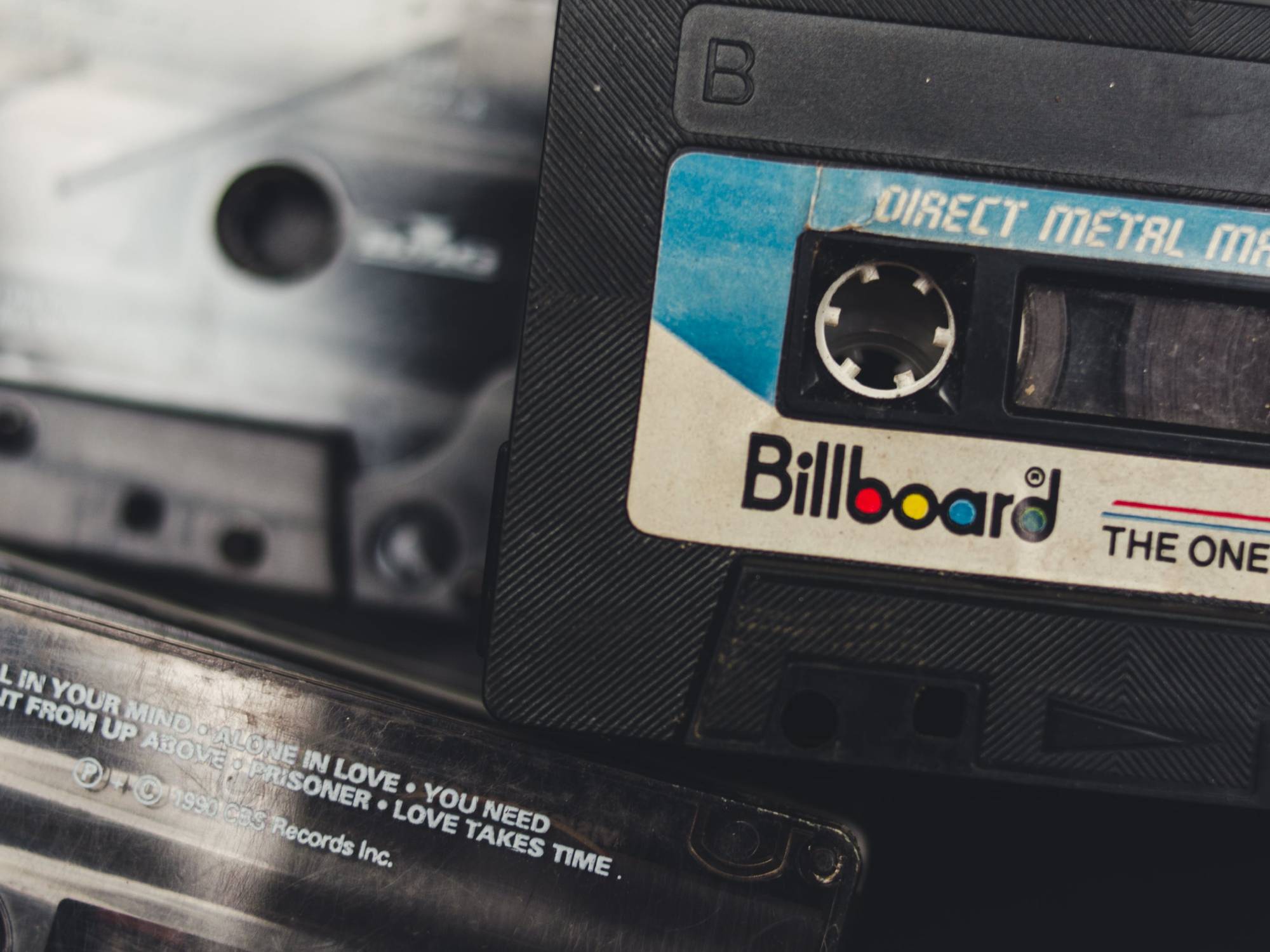

It might seem like you’re trapped in a constant loop of paying monthly rent to music streaming services like Apple Music and Tidal, but you truly don’t have to commit for life. You may choose to take a break to save money, pursue a digital detox, or try out a rival service—whatever the reason, pausing or canceling your subscriptions isn’t difficult.
These services want to make it as easy as possible for you to return if you step away, so leaving for a few months and then coming back is perfectly possible—and in many cases you won’t even have to worry about losing your playlists.
Spotify
If you want to take a break from Spotify Premium, you can visit your account page on the web and click Change plan. Among the options you’ll see next is a Cancel Premium button that puts you back on the free tier. You can’t cancel your subscription through the mobile apps—only on the web (though you can use your mobile web browser).
[Related: Tools for finding new music you’ll love on Spotify]
Spotify’s offer of a free tier means that you won’t lose any of your playlists or listening history while you’re not paying for the service. What you will lose are the perks of being a Premium listener: offline syncing, no ads, unlimited skips through playlists, and better-quality audio files.
Apple Music
You can cancel your Apple Music subscription from the Music app on macOS by choosing Account, View My Account, and Manage (next to Subscriptions). Then click Edit (next to Apple Music Subscription), and Cancel Subscription. You can find the same option by following the same steps in iTunes on Windows. On an iPhone or iPad, open Settings, then tap your name and Subscriptions to cancel Apple Music; on Android, open Apple Music, tap the three dots (top right), pick Account, and hit Manage Subscription.
Because there’s no free tier for Apple Music, you’ll lose access to playlists, albums, and tracks you haven’t permanently purchased or imported from elsewhere. They’ll still show up in your apps for 30 days after your subscription expires—grayed out and inaccessible—just in case you change your mind and want to sign back up again. After that, though, they’re gone.
YouTube Music
On the YouTube Music web player, click your profile picture (top right) and then Paid memberships, Manage membership, and Deactivate to tell the service to stop billing you monthly. The process is the same in the Android and iOS apps, although some of the menu labels are slightly different.
As you’ll see if you try to cancel your YouTube Music Premium account, there is actually a pause option that will let you take a break for up to six months. Choose this, and you’ll be automatically billed once the specified pause window has passed. The only real advantage to pausing rather than canceling is that the downloaded tracks inside your apps will stick around, albeit rendered inaccessible, so you won’t have to download them all again if you resubscribe.
You can use YouTube Music for free, so your playlists and music library won’t disappear if you stop paying—you’ll just have to put up with ads again, and you won’t be able to sync tracks to your mobile devices for offline playback anymore.
Deezer

If you’re looking to break up with Deezer Premium, you can cancel it right from Deezer’s website by clicking on your profile picture (top right), then choosing Account Settings, Manage my subscription, and Cancel subscription. In the mobile apps for Android and iOS, tap the cog icon (top right), and select Account management, Manage my subscription, and Cancel subscription.
Deezer has an ad-supported free version, so nothing will happen to your music library or your playlists when you stop paying for the service. When you’re not subscribed, you can only shuffle through your playlists on mobile, you can’t sync tracks to devices for offline listening, the sound is of a lower quality, and you’ll have to put up with ads.
[Related: The best way to share playlists on every major platform]
Tidal
When it’s time to step back from your Tidal subscription, you can manage your plan by opening up Tidal on the web, clicking your account name (top left), and choosing Manage Subscription. Click Subscription, then Cancel my subscription to stop paying. You can’t cancel in the mobile apps, though they will point you toward the Tidal website in your mobile web browser.
There’s no free plan with Tidal, so you’ll lose access to all of your music if you stop paying. We found that our playlists remained intact when we signed back into a Tidal account and resubscribed after several months, but Tidal doesn’t say anything official about this—so if you are planning to go back to the service at some point, you might want to make a manual note of your playlists, just in case.
Amazon Music Unlimited
Head to Amazon Music Unlimited on the web, and you can cancel your streaming music subscription by clicking your profile picture (top right), then Your Amazon Music Settings, and Cancel subscription. You can’t cancel your subscription from the iOS app, but on Android you can tap the cog icon (top right), then Music Settings, Amazon Music Unlimited, and Cancel subscription.
Once you stop paying, you’ll be kicked back down to the free Amazon Music tier, or to Prime Music if you’re a Prime subscriber (Prime Music is similar to Amazon Music Unlimited, but with a much smaller track catalog). No matter where you end up, your Amazon Music Unlimited playlists won’t disappear—they’ll just be grayed out and inaccessible until you resubscribe.
